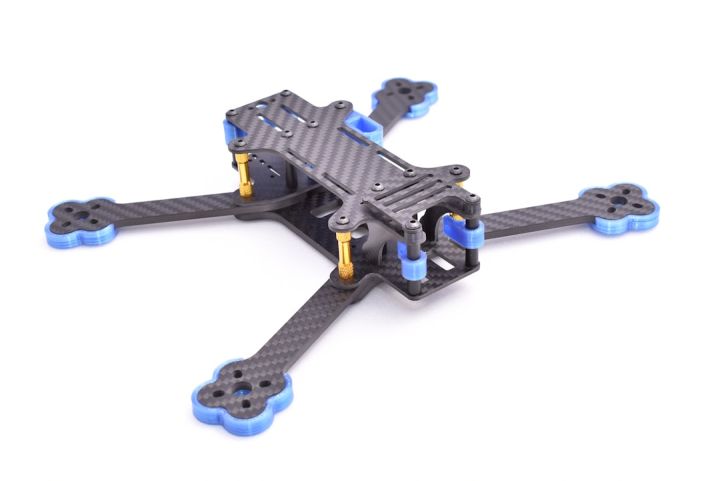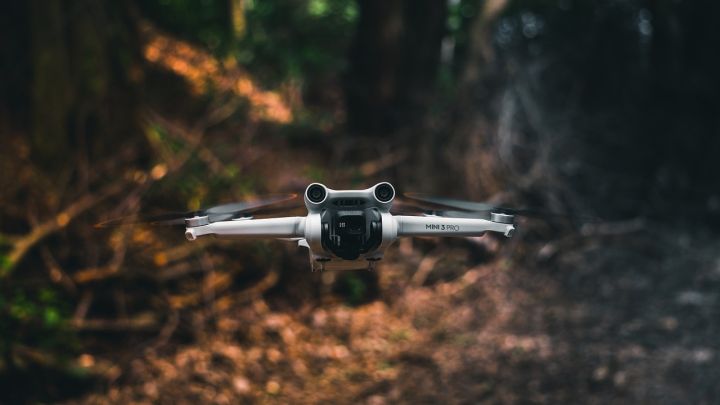How Do Gyroscopes Improve Rc Aircraft Stability?
RC aircraft have come a long way in terms of technology and performance. One key component that has revolutionized the stability of these aircraft is the gyroscope. In this article, we will explore how gyroscopes work and how they improve the stability of RC aircraft.
Understanding Gyroscopes
Before we delve into the role of gyroscopes in RC aircraft, it is essential to understand what a gyroscope is. A gyroscope is a device that consists of a spinning wheel or disc that maintains its rotational motion regardless of any external forces acting upon it. This property of gyroscopes is what makes them so valuable in the world of RC aircraft.
Gyroscopes and Stability
Stability is a crucial factor in the performance of RC aircraft. Without proper stability, these aircraft can be difficult to control, leading to crashes and other mishaps. This is where gyroscopes come into play. By utilizing the principles of angular momentum, gyroscopes can greatly improve the stability of RC aircraft.
Angular Momentum and Gyroscopic Precession
Angular momentum is a fundamental concept in physics that describes the rotational motion of an object. When a gyroscope is spinning, it possesses angular momentum. This angular momentum allows the gyroscope to resist any attempts to change its orientation. As a result, when an RC aircraft equipped with a gyroscope experiences external disturbances, such as wind gusts or sudden maneuvers, the gyroscope helps maintain the aircraft’s stability.
Gyroscopic precession is another key concept to understand when discussing gyroscopes and RC aircraft stability. When an external force is applied to a spinning gyroscope, it does not immediately react in the direction of the force. Instead, it responds at a 90-degree angle from the direction of the force. This phenomenon is known as gyroscopic precession.
In the context of RC aircraft, gyroscopic precession allows the gyroscope to counteract any disturbances by applying corrective actions. For example, if the aircraft starts to roll to the left due to a gust of wind, the gyroscope will sense this motion and apply a corrective force in the opposite direction, helping the aircraft maintain its level flight.
Gyroscopes in Action
Now that we understand the basic principles behind gyroscopes, let’s see how they are implemented in RC aircraft. Gyroscopes are typically placed in the aircraft’s flight control system, specifically in the stabilization system. These gyroscopes constantly monitor the aircraft’s attitude, speed, and other parameters to ensure stability.
When the gyroscope detects any deviations from the desired flight path, it sends signals to the aircraft’s control surfaces, such as the ailerons, elevator, and rudder. These signals help the aircraft make real-time adjustments to maintain stability, even in challenging flying conditions.
Benefits of Gyroscopes in RC Aircraft
The inclusion of gyroscopes in RC aircraft brings several benefits. Firstly, they enhance overall stability, making the aircraft easier to control, especially for beginners. This can lead to a more enjoyable flying experience and fewer crashes.
Secondly, gyroscopes can help compensate for external disturbances, such as wind or turbulence. This means that even in less-than-ideal weather conditions, the aircraft can maintain its stability and continue flying smoothly.
Lastly, gyroscopes can improve the precision and accuracy of maneuvers. By providing real-time corrections, they allow for more precise control, making aerobatic maneuvers and other advanced flight techniques easier to execute.
In conclusion, gyroscopes play a vital role in improving the stability of RC aircraft. By harnessing the principles of angular momentum and gyroscopic precession, these devices provide real-time corrections and adjustments, ensuring a smooth and stable flight experience. Whether you are a beginner or an experienced pilot, the inclusion of gyroscopes in your RC aircraft can significantly enhance your flying capabilities.







